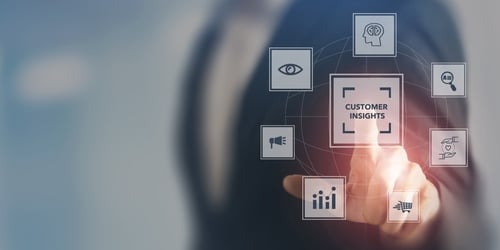McKinsey Global Institute reported that in 2015 there were an estimated 10 billion connected devices globally with a financial impact of $2 trillion. By 2020 the number of connected devices will have increased to 75 billion with a $12 trillion global economic impact. Data Floq reported in October 2016, “The sensor technology behind the IoT and the data it generates is outpacing our ability to consume, analyze and drive value with it.” This need to analyze the data of the IoT is starting to be called the Analytics of Things.
Where is Analytics of Things (AoT) today?
1. Widespread use of descriptive statistics. Perhaps why data visualization has become so important.
2. Diagnostic Analytics can be done very effectively. If a value of a variable goes above or below a certain level then an alert sounds. The issue with alerts is how to determine if they are valid or not, or important or not. Power infrastructure technologies are allowing adjustments to be made to balance loads and avoid trouble spots. This makes the power supply more stable and cheaper.
3. Predictive analytics is being used very effectively through the IoT for predictive maintenance on industrial equipment. Predicting failure on turbines, windmills, locomotives, elevators and what should be done about it before breakdown.
4. Prescriptive analytics reduce complex data and algorithms to recommendations that can be easily understood and used. A fitness tracker telling you when to get moving.
What are the AoT challenges?
1. Reducing the complexity. The amount of data is mind numbing. Which is the part we need to analyze? Should some of the analysis be done before transmitting, i.e. is collecting all the data really necessary?
2. Interoperability among IoT systems. Have to be able to integrate and analyze data from various IoT systems.
3. Cost of basic hardware must continue to drop
4. Privacy and confidentiality. Questions of intellectual property. Who has the rights to data generated by a medical device implanted in a patient’s body?
5. Security. One level of security to maintain control over information but with physical assets like the electric grid or water treatment plants security breaches could cause physical harm.
6. Public Policy. What standards will be set and who sets them? All self driving cars need to be able to communicate with each other. Who sets the protocol?
While the greatest current application of AoT is in business to business, harnessing the data on the business to consumer side has data scientists and their marketing clients salivating. Real time insight into consumer behavior, instantaneous customer analysis, true customer intimacy or real time feedback for marketers is all going to happen. Will you be one of the data scientists involved in future breakthroughs of the AoT?
If your answer is yes, contact one of our Data Science Recruiters at Smith Hanley Associates.
Nancy Darian, Midwest and South, ndarian@smithhanley.com, 312.629-2400
Paul Chatlos, East and West, pchatlos@smithhanley.com, 203.319-4300



